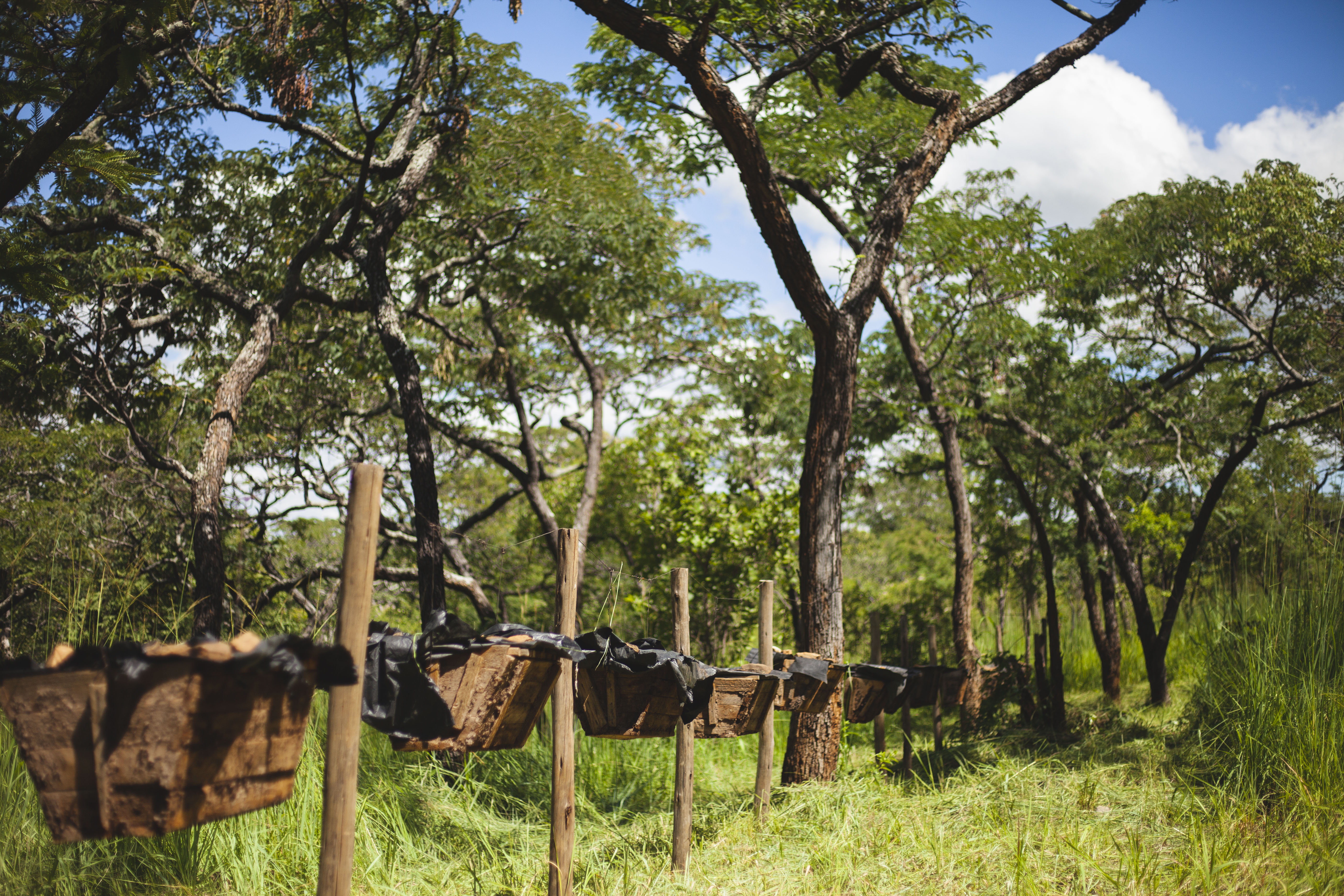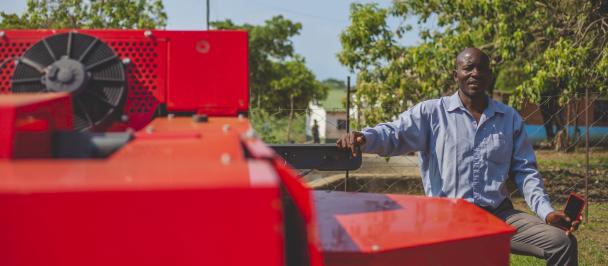Zimbabwe hosts some of the most important biodiversity hotspots in the world and is home to over 5,930 species of plants and over 1,360 animals. Forests currently cover around 45% of the country’s total land area, but deforestation is an increasingly pressing issue, resulting in forests disappearing at a frightening rate.
The rate of deforestation in the country accelerated to 327,000 ha per year (1.9%) between 2000 and 2010 and is also currently the highest in southern Africa. In fact, the rate of deforestation in Zimbabwe is one of the highest in the world – directly affecting ecosystems, biodiversity, and livelihoods. But there are many things we can do to reduce deforestation and to lessen the burden on our forests. Here are five of the ways that are currently being explored:
1. Strengthen policy and juridical frameworks
In Zimbabwe, laws regulating the utilization of forests and other natural resources are largely adequate. However, some laws are outdated and viewed as colonial and too strict, therefore failing to reflect modern human rights – others are viewed as too weak, undermining sustainable resource management.
To ensure long-term sustainable use and protection of forests in Zimbabwe, laws and policies need to be reviewed and updated. Policies and Acts that are currently being reviewed include the Wildlife Act, the Environmental Management Act, the Wildlife Policy.
However, the implementation of these and other pieces of legislation need to be strengthened. At COP26, Zimbabwe pledged to fight deforestation and work to conserve and restore forests, an important step to ensure that our forests are kept a priority going forward.
2. Increase patrolling
Where there are laws and policies in place to protect forests and optimize management of our common resources, there is also a need to have people and systems in place to help implement them. In Zimbabwe, park rangers and community rangers are among the important actors in the battle against deforestation and poaching.
They patrol strategic forest areas and woodlands that risk being illegally cut down for fuelwood, making it more difficult for wood poachers to negatively impact on biodiversity and wildlife habitat. Supporting rangers with rations, material and training to increase their capability to safeguard communities, wildlife and forest is therefore a priority.
3. Promote sustainable land management and alternative ways of farming
The main driver of deforestation in Zimbabwe is agriculture and mining. Agriculture is one of the economic sectors in Zimbabwe anticipated to be most at risk from climate change, due to erratic rainfall resulting in crop failure. Although there are many vacant fields that could potentially be used for farming, every year additional forests are cut down and new land is prepared for cultivation. Promoting alternative and sustainable land use is therefore a priority in tackling deforestation in the country.
There are many examples of how we can sustainably farm land and manage forests in Zimbabwe. For example, UNDP is supporting the development of land use plans across the Zambezi valley landscape. Another way forward is promoting climate-smart agriculture. For example, small-scale farming in community gardens can offer alternative ways to secure a salary and provide food for your family. Apiculture is also a great incentive in areas where we cannot afford to have trees cut down. When farmers are invested in securing their honey harvests, they are more prone to guard their forest from veld fires and poachers, since the bees are dependent on the vegetation surrounding them.
4. Support alternative sources of energy
The use of local forests for fuel wood is also one of the many drivers of deforestation in Zimbabwe. Currently, fuel wood accounts for over 60% of the total energy supply in the country and almost 98% of rural people rely on fuel wood for cooking and heating. According to the Forestry Commission, up to 11 million tons of firewood is needed for domestic cooking, heating and tobacco curing every year in Zimbabwe. In the face of climate change and habitat loss, UNDP therefore aims to support initiatives that promote a shift towards the use of alternative sources of energy.
One alternative is the use of energy-efficient stoves called tsotso or jengetahuni stoves. These stoves use small twigs that do not require you to cut down whole trees. Another alternative currently being explored is the use of biogas. By using dung from cattle and feeding it into the plant, farmers get high-quality manure as well as a gas that can be used for cooking and heating. Tinazvo Gwaze, a farmer in Mbire has been using her biogas plant for a year. She says that it has saved her time as well as money and goes on to explain that “in addition, we don’t have to go looking for firewood in forests where wildlife resides, a task that is both dangerous and time-consuming”.
5. Produce seedlings and plant new trees
One of the ways UNDP is directly contributing to reafforestation in Zimbabwe is through providing support for the production of seedlings and the planting of trees. Seedlings are produced at small-scale by communities and farmers as well as on a larger scale in Forestry Commission nurseries. Both indigenous and exotic species are planted. Indigenous species such as the snot apple (Azanza Garckeana) are planted to support existing ecosystems and maintain biological diversity. Exotic and fast-growing species such as the eucalyptus are planted to provide building material and firewood, as well as lessen the dependence on natural forests.
These and many similar activities are supported by the Zambezi Valley Biodiversity Project. The project is implemented by UNDP in collaboration with the Ministry of Environment, Climate change, Tourism and Hospitality industry and funded by the GEF 6 program. Other responsible partners are Forestry Commission, Campfire Association, Zimparks and the Environmental Management Agency. The project seeks to reduce key threats to wildlife, habitat, and livelihoods of local communities in the Lower Zambezi Valley of Zimbabwe.

 Locations
Locations



